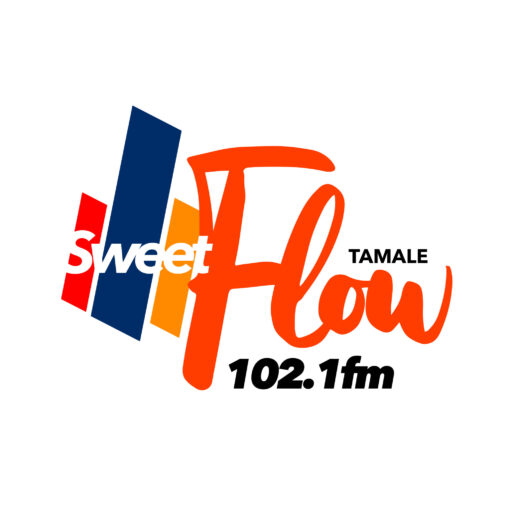The consumer inflation kicked start this year at 9.9 percent, slowing down from 10.4 percent recorded at the end of 2020, data from the Ghana Statistical Services has shown.
This reverses the indicator back to the Bank of Ghana’s medium-term target of 8±2.
The combined consumer price index (CPI) measures the change over time in the general price level of goods and services that households acquire for the purpose of consumption.
The decline is largely attributable to food inflation, which witnessed a slowdown in the prices of vegetables as well as fruits and nuts.
Food inflation slowed to 12.8 percent from 14.1 percent in the previous month, However, this is still slightly above the average over the last 12 months of 12.3 percent. With this rate, Food contributed 57.0 percent to the total inflation.
Within the Food Division, vegetables recorded 20.3 percent, which makes it the subclass with the highest rate of inflation, although lower than last month’s rate of 24.2 percent.
Compared to December 2020, fruits and nuts saw a decrease in price levels recording -5.1 percent, similar to the fish and other seafood subclasses at -0.2 percent.
Non-Food year-on-year inflation on average was the same as last month at 7.7 percent, which is below the 2020 average of 8.5 percent. Out of the 13 divisions, five had higher year-on-year inflation in January 2021 than the rolling average over the last 12 months.
At the regional level, the overall year-on-year inflation ranged from 1.9 percent in Upper West Region to 15.1 percent in Greater Accra Region.

